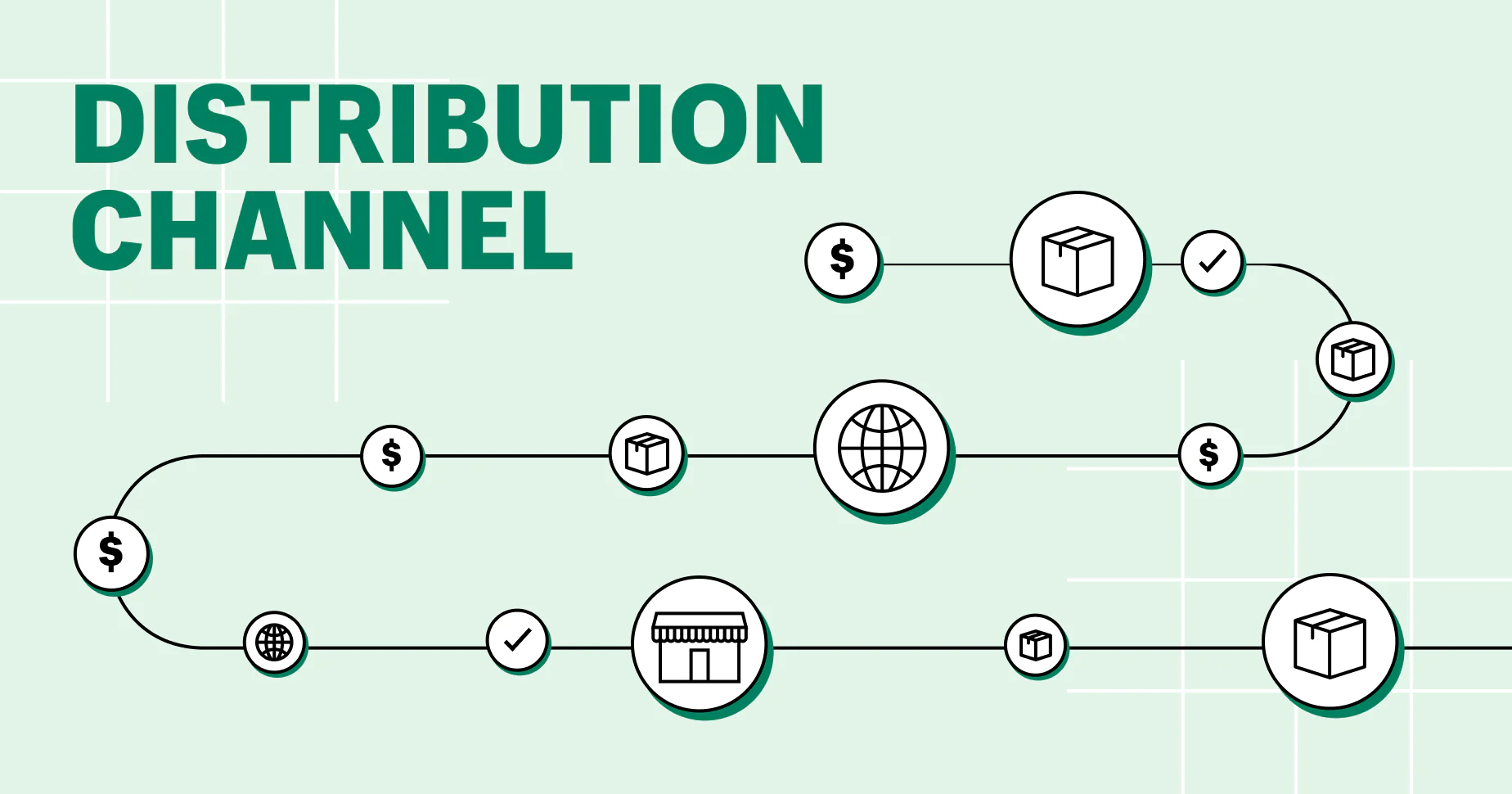In the realm of business, the process of getting products from manufacturers to consumers is crucial for success. This process, known as distribution, involves various channels through which goods pass before reaching the end user. One such channel is the three-level distribution, which plays a significant role in ensuring products reach consumers efficiently and effectively.
Understanding Three-Level Channel of Distribution
The three-level channel of distribution refers to a system consisting of three main entities: the manufacturer, wholesaler, and retailer. Each level performs distinct functions and collaborates to ensure products move smoothly from production to consumption.
Manufacturer
At the outset of the distribution process stands the manufacturer. Manufacturers are responsible for producing goods in large quantities, maintaining quality standards, and ensuring timely production. Their primary goal is to create products that meet market demand while maximizing profitability.
Wholesaler
Wholesalers act as intermediaries between manufacturers and retailers. They purchase goods in bulk from manufacturers and sell them to retailers in smaller quantities. Wholesalers play a crucial role in inventory management, storage, and transportation, thus easing the burden on manufacturers and facilitating the distribution process.
Retailer
Retailers are the final link in the distribution chain, connecting products with end consumers. They operate storefronts or online platforms where consumers can purchase goods directly. Retailers play a vital role in marketing products, providing customer service, and enhancing the shopping experience for consumers.
Relationships among the Three Levels
Successful three-level distribution channels rely on strong relationships and effective communication among manufacturers, wholesalers, and retailers. Collaboration ensures seamless coordination in inventory management, pricing strategies, and promotional activities, ultimately benefiting both businesses and consumers.

Benefits of Three-Level Distribution
The three-level distribution model offers several advantages for businesses and consumers alike. By leveraging multiple entities in the distribution process, companies can reach a broader audience, improve product availability, and enhance customer satisfaction. Additionally, the presence of wholesalers helps reduce transportation costs and streamline logistics operations.
Challenges of Three-Level Distribution
Despite its benefits, three-level distribution poses several challenges for businesses to overcome. Managing inventory across multiple levels, coordinating logistics, and maintaining pricing consistency can be complex tasks. Moreover, the involvement of multiple intermediaries may increase product costs, impacting overall profitability.
Case Studies
Numerous companies across various industries have successfully implemented three-level distribution channels. For instance, in the consumer electronics sector, companies like Samsung and Sony utilize wholesalers and retailers to distribute their products globally. These companies have established robust partnerships with intermediaries, enabling them to reach diverse markets efficiently.
Future Trends
Looking ahead, technological advancements are expected to reshape the landscape of distribution channels. The rise of e-commerce platforms, automation technologies, and data analytics will revolutionize how products are distributed and consumed. Companies that embrace these innovations will gain a competitive edge in the marketplace, driving further evolution in distribution practices.
Conclusion
In conclusion, the three-level channel of distribution plays a pivotal role in the modern business landscape. By facilitating the movement of goods from manufacturers to consumers, this distribution model enables companies to expand their reach, enhance customer satisfaction, and drive growth. Despite its challenges, the three-level distribution channel remains a cornerstone of successful supply chain management, poised to evolve in response to changing market dynamics.
FAQs
What are the main components of a three-level distribution channel?
The main components include manufacturers, wholesalers, and retailers.
How do wholesalers contribute to the distribution process?
Wholesalers purchase goods in bulk from manufacturers and sell them to retailers in smaller quantities, facilitating inventory management and logistics.
What are some challenges associated with three-level distribution?
Challenges include inventory management, logistics coordination, and pricing consistency across multiple levels.
How can companies overcome challenges in three-level distribution?
Companies can leverage technology, strengthen partnerships with intermediaries, and adopt innovative distribution strategies.
What role do retailers play in the distribution channel?
Retailers connect products with end consumers, offering convenience, product information, and customer service.

0 Comments